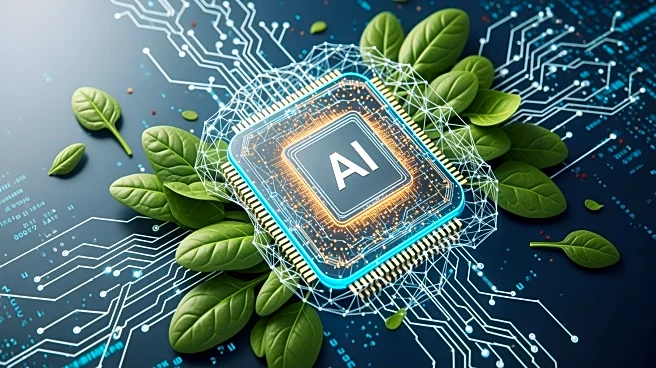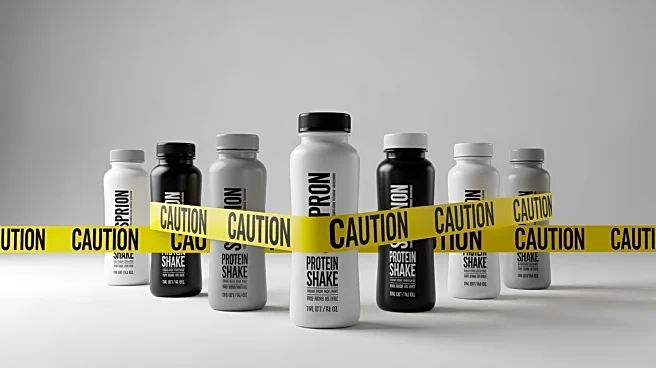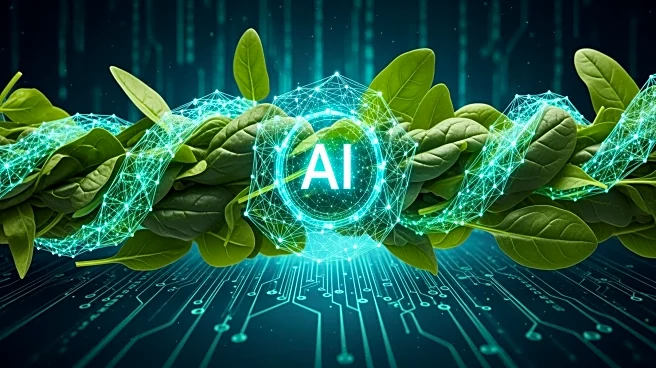What's Happening?
A new AI framework, SpinachXAI-Rec, has been developed to automate the evaluation of spinach freshness and provide consumer recommendations. This six-stage methodology begins with data augmentation, followed
by baseline classification using convolutional neural networks (CNNs) to distinguish between fresh and non-fresh spinach. Hybrid feature extraction combines attention from vision transformers and spatial features from CNNs. The final classification is achieved using a multiclass support vector machine (SVM) to maximize class separability. Explainable AI tools like GradCAM++ and LIME are integrated to validate model predictions and identify decision-critical regions in spinach images. The framework concludes with a clinical recommender system that categorizes spinach as 'Eatable', 'Eatable with Caution', or 'Not Eatable' based on model outputs.
Why It's Important?
The SpinachXAI-Rec framework represents a significant advancement in food safety and consumer health. By automating the assessment of spinach freshness, it reduces the risk of consuming spoiled produce, which can lead to health issues. The use of explainable AI ensures transparency in decision-making, which is crucial for consumer trust and regulatory compliance. This technology could potentially be applied to other perishable goods, enhancing food safety standards across the industry. Stakeholders such as food vendors, producers, and consumers stand to benefit from more reliable and efficient quality assessments, potentially reducing food waste and improving public health outcomes.
What's Next?
The framework's developers plan to share the cleaned dataset for non-commercial research purposes, allowing further exploration and application of the technology. The integration of AI in food safety could prompt regulatory bodies to consider new standards for AI-driven quality assessments. As the technology gains traction, it may lead to broader adoption across the food industry, encouraging innovation in other areas of agricultural and consumer goods. Future developments could include expanding the framework to assess other types of produce or incorporating additional AI techniques to enhance accuracy and reliability.
Beyond the Headlines
The ethical implications of AI in food safety are significant, as it raises questions about accountability and transparency in automated decision-making. The framework's reliance on explainable AI tools addresses these concerns by providing visual evidence of the model's focus areas, ensuring that decisions are based on relevant data rather than arbitrary factors. This approach could set a precedent for AI applications in other high-stakes areas, such as healthcare and environmental monitoring, where transparency and reliability are paramount.











